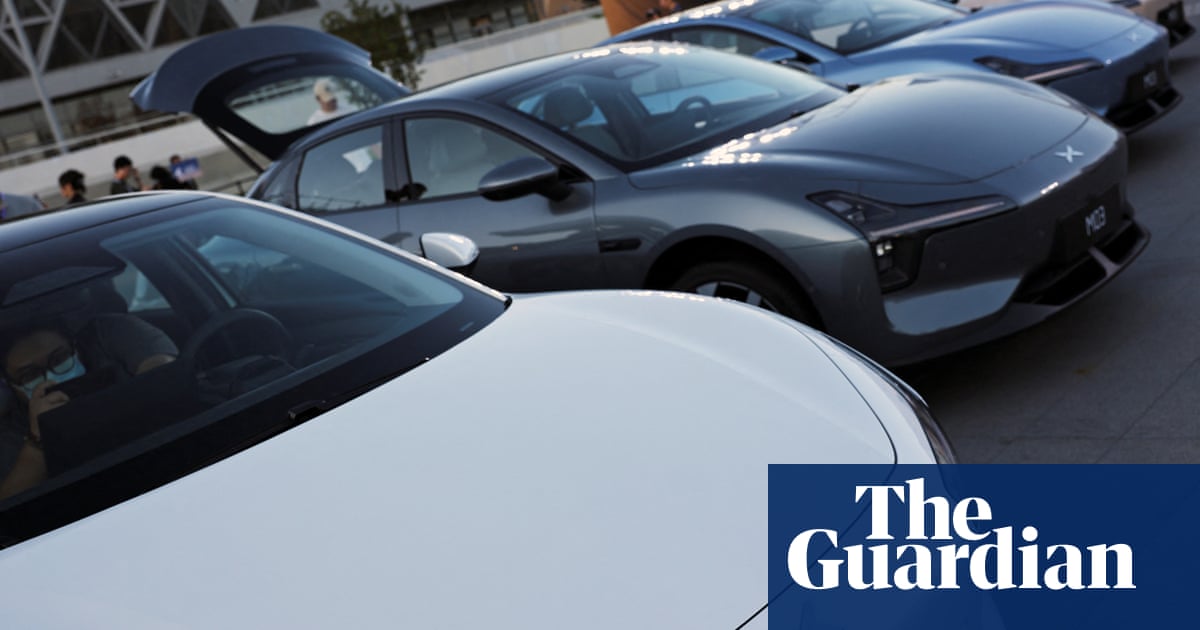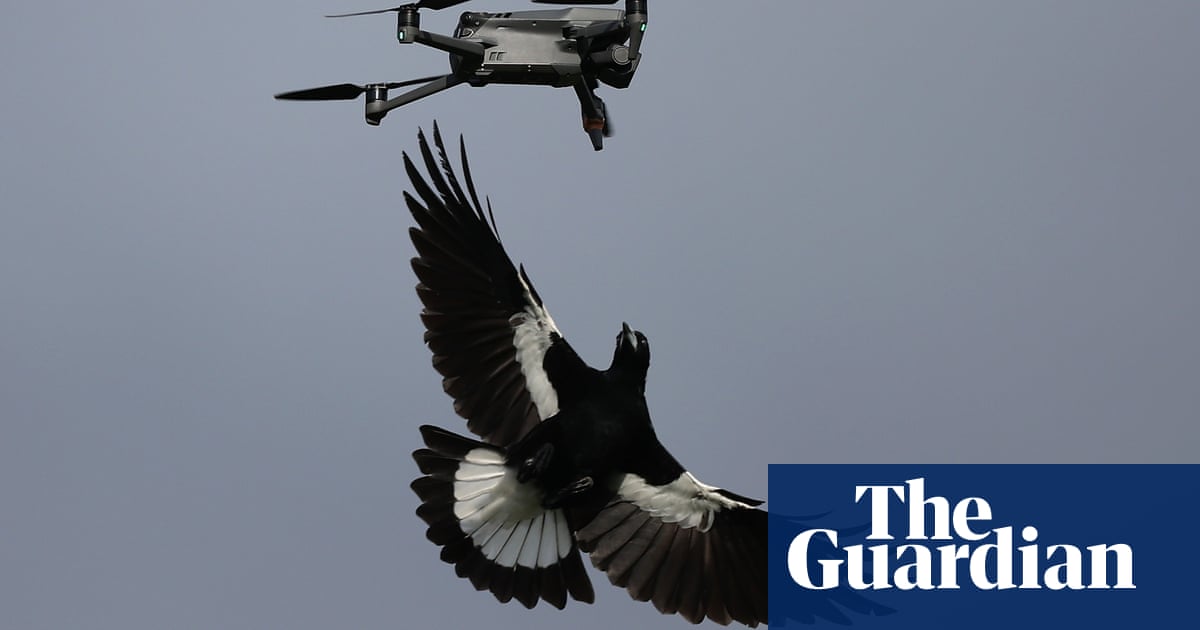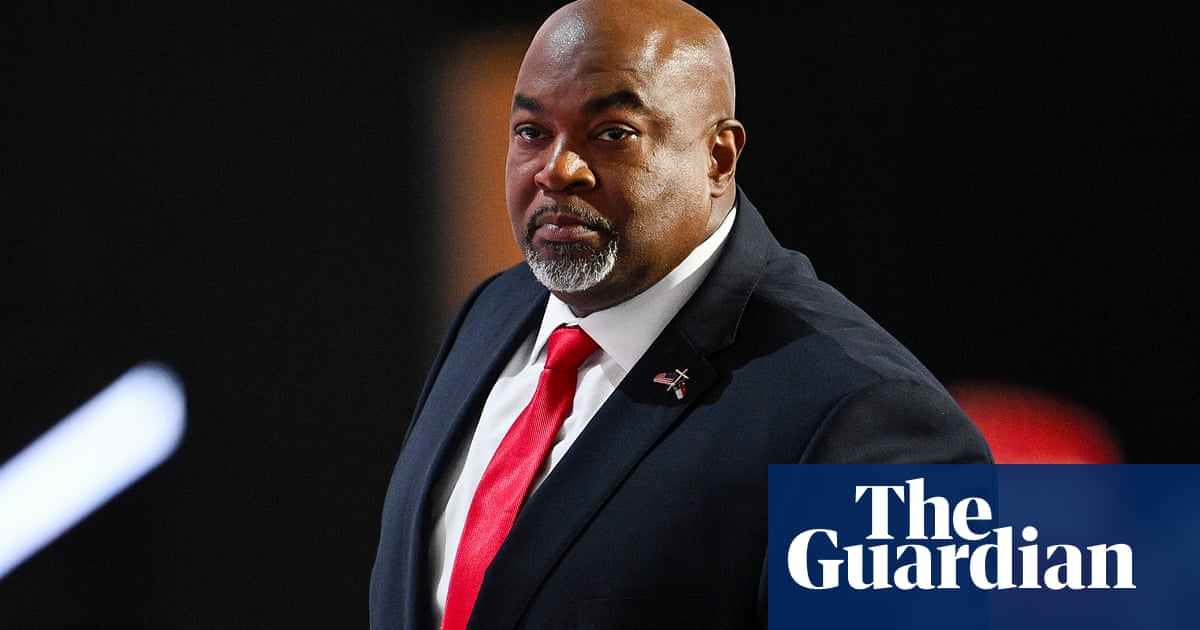Liberal senator Bridget McKenzie has again left the door open for a Coalition government to level a road user charge against owners of electric vehicles, indicating concern about decreasing fuel excise and the impact on budgets for road repairs.
But the shadow transport minister also said the Coalition wouldnât follow the US in banning Chinese-made EVs, which put her at odds with comments on Sunday from Nationals colleague, Barnaby Joyce. He invoked last weekâs Hezbollah membersâ pager explosions in raising his concern about technology he claimed could be made with a âmalevolent purposeâ by a âtotalitarian stateâ.
McKenzie told the ABCâs Insiders on Sunday she was developing the Coalitionâs transport policy ahead of the next election, which would outline the oppositionâs plans for electric vehicles.
Asked if that policy would include a road user charge for electric vehicle owners â a widely suggested option to replace fuel excise due to EVs not requiring petrol â McKenzie didnât rule it out, but said the current government should already be acting on the issue.
âThis is one of the great privileges of holding the Treasury benches. You get to solve wicked problems such as this,â she said.
âThe high court has ruled on the need for the treasurer to get going on a national way to actually tax EV users in terms of their use of roads, because right now, it is only petrol excise that is actually funding those roads and they [the government] are again doing nothing.â
The government has come under pressure from motoring groups to address the declining fuel excise take, as EVs take-up rises.
From January to August, 7.6% of total car sales were EVs, according to the Federal Chamber of Automotive Industries and the Electric Vehicle Council, while hybrid vehicles sales, including plug-ins, made up 15.5%.
McKenzie has spoken often about the policy challenges of road user charges, in 2023 telling Guardian Australia the government shouldnât rule out road user charging âwhen it is tied to fuel excise and fuel efficiency standards â there needs to be one policy discussion rather than a fragmented oneâ.
In a speech last year, she also said âequity in contributing taxes to fund road maintenance is a key principleâ of Coalition thinking on the issue.
The Biden administration last week proposed new rules that would in effect prohibit Chinese-made vehicles from US roads after concerns about software and digital connections that could be used to spy on Americans or sabotage vehicles. The Australian energy minister, Chris Bowen, said Australia would not follow suit.
after newsletter promotion
McKenzie, asked about whether Australia should ban Chinese-made EVs, answered: âIt is not the Coalitionâs plan. We wonât be banning EVs.â
Those comments put her at odds with Joyce, the shadow veterans affairs minister, who earlier on Sunday had criticised Bowen for not replicating the US move.
Joyce, in a Sky News interview, joked that Bowen had âboldly stated that he knows more about issues pertinent to electric vehicles than the United States of America doesâ, accusing the minister of âcatastrophic decisionsâ previously.
The former deputy prime minister went on to appear to draw a link between Chinese-made EVs and the pager attack on Hezbollah members which killed dozens in Lebanon last week.
A senior Lebanese security source and another source told Reuters that the Mossad, Israelâs spy agency planted a small amount of explosives inside 5,000 Taiwan-made pagers ordered by Hezbollah months before Tuesdayâs detonations. At least 32 people were killed and thousands wounded, according to Lebanonâs health ministry.
âAfter the pager issue, the pagers basically blowing up around terrorists in southern Lebanon, the penny dropped for so many people that there is a capacity remotely to create massive pain, massive hurt, maybe at the least to create a complete breakdown and chaos,â Joyce said on Sky.
âPeople have got to start asking the questions like âif you can update the software, if you can track these vehicles, if theyâre made in China, if there was a malevolent purpose behind it from a totalitarian state, what might be the consequences of that?ââ
Joyce also raised concern about â200,000 Chinese-made solar heaters sitting on roofsâ nationwide.
In an Sky News interview taped on Saturday, the foreign affairs minister, Penny Wong, said Hezbollah âis a terrorist organisation and we understand the security position Israel is in.â
But she stressed the âcycle of violenceâ and âcontinued escalationâ will not bring peace, citing Australia, the US and the UKâs calls for a ceasefire in Lebanon.
Wong repeated government warnings for Australians in Lebanon to leave âby whatever means are available while Beirut airport is still open.â
âWe are concerned about regional escalation,â she said.









